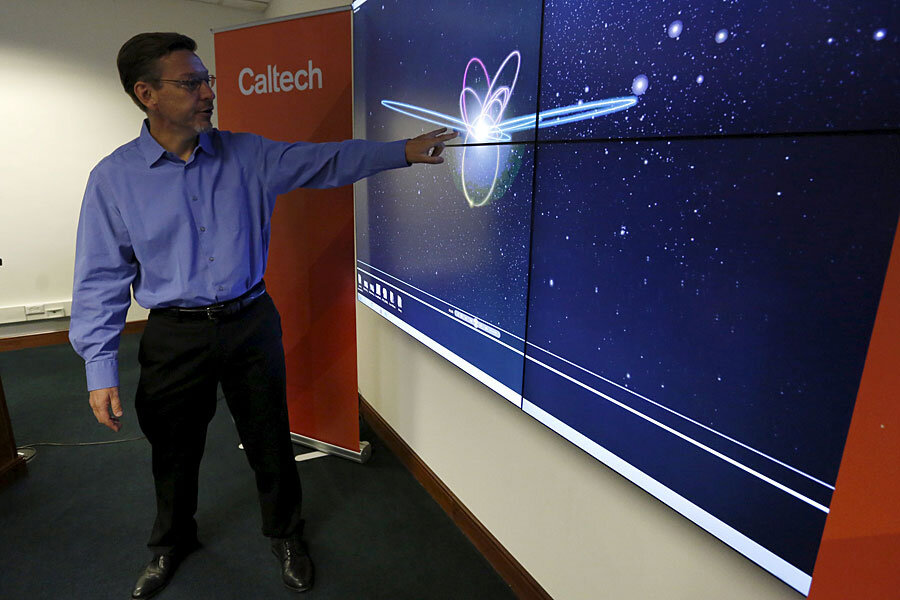What an 'orphan' planet can tell us about how star systems form
Loading...
When researchers first found 2MASS J2126, they thought that it was a free floating planet. Earlier this month, however, a team of researchers published a paper in the Monthly Notices of the Royal Astronomical Society that indicated that the lonely “young object” was not an orphan after all.
Instead, scientists say that 2MASS J2126 may be the widest orbit exoplanet ever discovered. The planetary mass does have a star – it is just 621 billion miles away.
2MASS J2126 is a gas giant, like Jupiter or Uranus in our own system. Its orbit is so huge that it would take approximately 900,000 years for the planet to orbit its star, named TYC 9486-927-1.
Although astronomers discovered 2MASS J2126 nearly a decade ago, it was not until 2014 that researchers classified the body as a potential member of a star group called the Tucana Horologium Association. After lithium dating, scientists were not able to confirm that either 2MASS J2126 or TYC 9486-927-1 were members of any known star group, making the pair even more unique than previously imagined.
Scientists knew that 2MASS J2126 and TYC 9486-927-1 existed independently of one another prior to the recent discovery. It was that the two bodies were both located approximately 104 light years from our sun that suggested to researchers that there might be more to their relationship than previously imagined.
According to lead researcher Dr. Niall Deacon, “both the members of it [the planetary system] have been known for eight years, but nobody had made the link between the objects before. The planet is not quite as lonely as we first thought, but it's certainly in a very long distance relationship."
In order to fall within the category of a very wide orbit system, exoplanets must be more than 1000 astronomical units (AU) from their star, a feat which only four have achieved. 2MASS J2126 is more than 4,500 astronomical units (AU) from its star. In contrast, the next largest very wide orbit exoplanet is 2,000 AU from its star.
Australian researcher Dr. Simon Murphy said, "how such a wide planetary system forms and survives remains an open question.”
This discovery is not only astronomically significant due to the distance between 2MASS J2126 and its star, but because it raises questions about the ways in which astronomers think about planetary system formation.
According to Dr. Murphy, “There is no way it formed in the same way as our solar system did, from a large disc of dust and gas.”
Although researchers are not quite sure yet how the pair formed, they believe that both 2MASS J2126 and its star were possibly created by a strand of gas that pushed them together between 10 and 45 million years ago.
Murphy said in a press release, that despite the recently discovered link between 2MASS J2126 and TYC 9486-927-1, they are, “so tenuously bound together that any nearby star would have disrupted their orbit completely.”
This likely means that their neighborhood is not very crowded. Scientists believe that wandering rogue planets, 2MASS J2126’s previous classification, may be the result of gravitational struggles for position within young star systems.
There could be others like 2MASS J2126- distant planets, far from their stars. But for now, the very wide orbit planet is unique.





